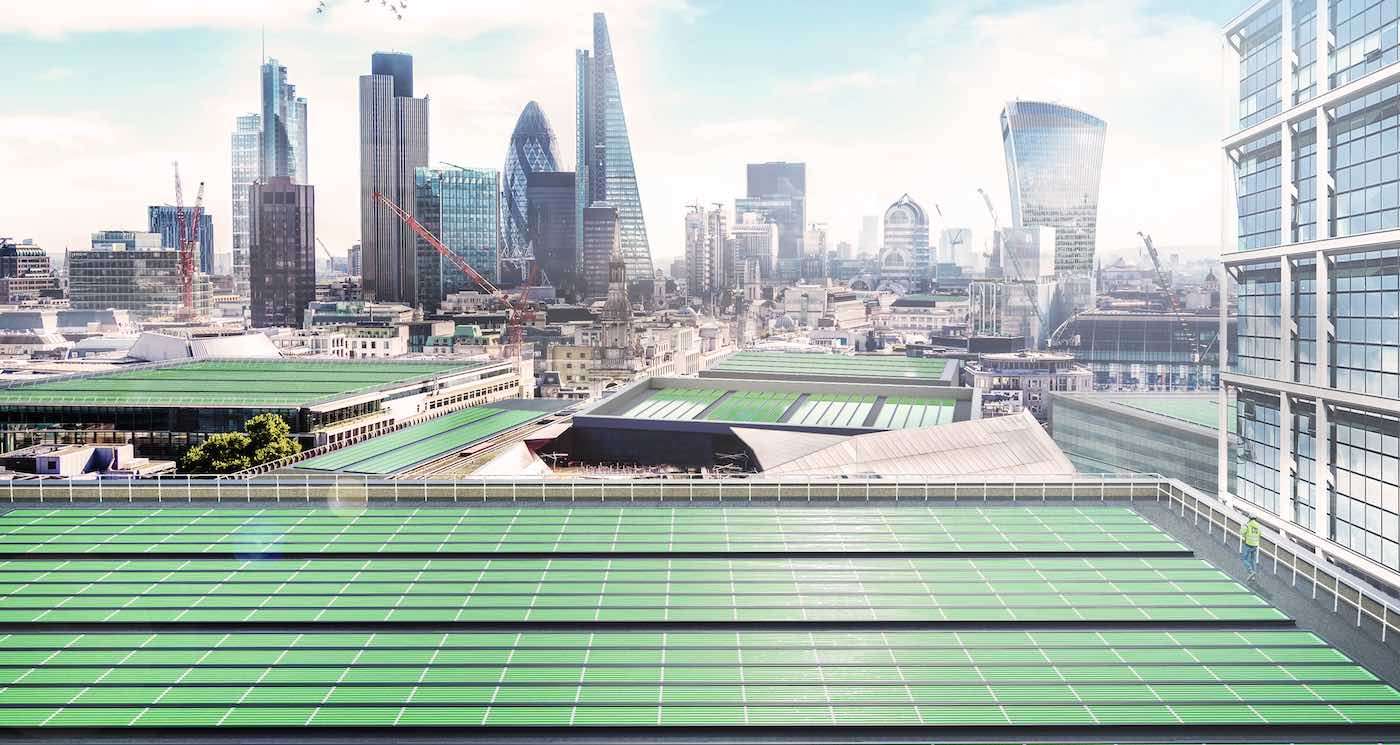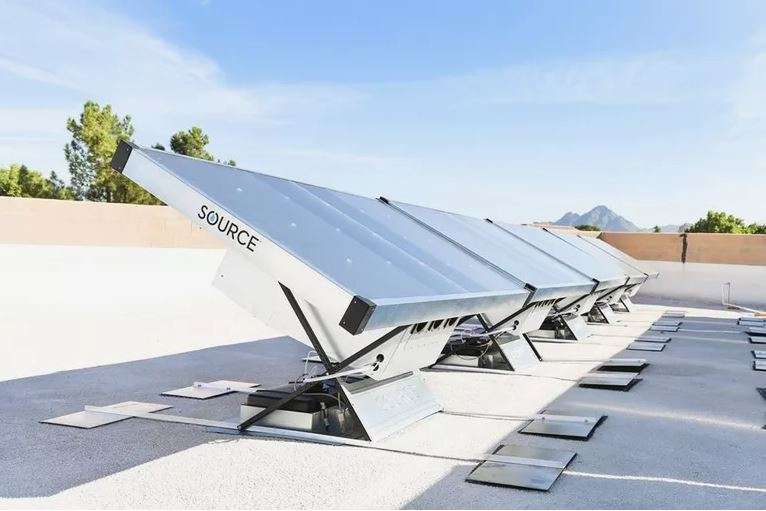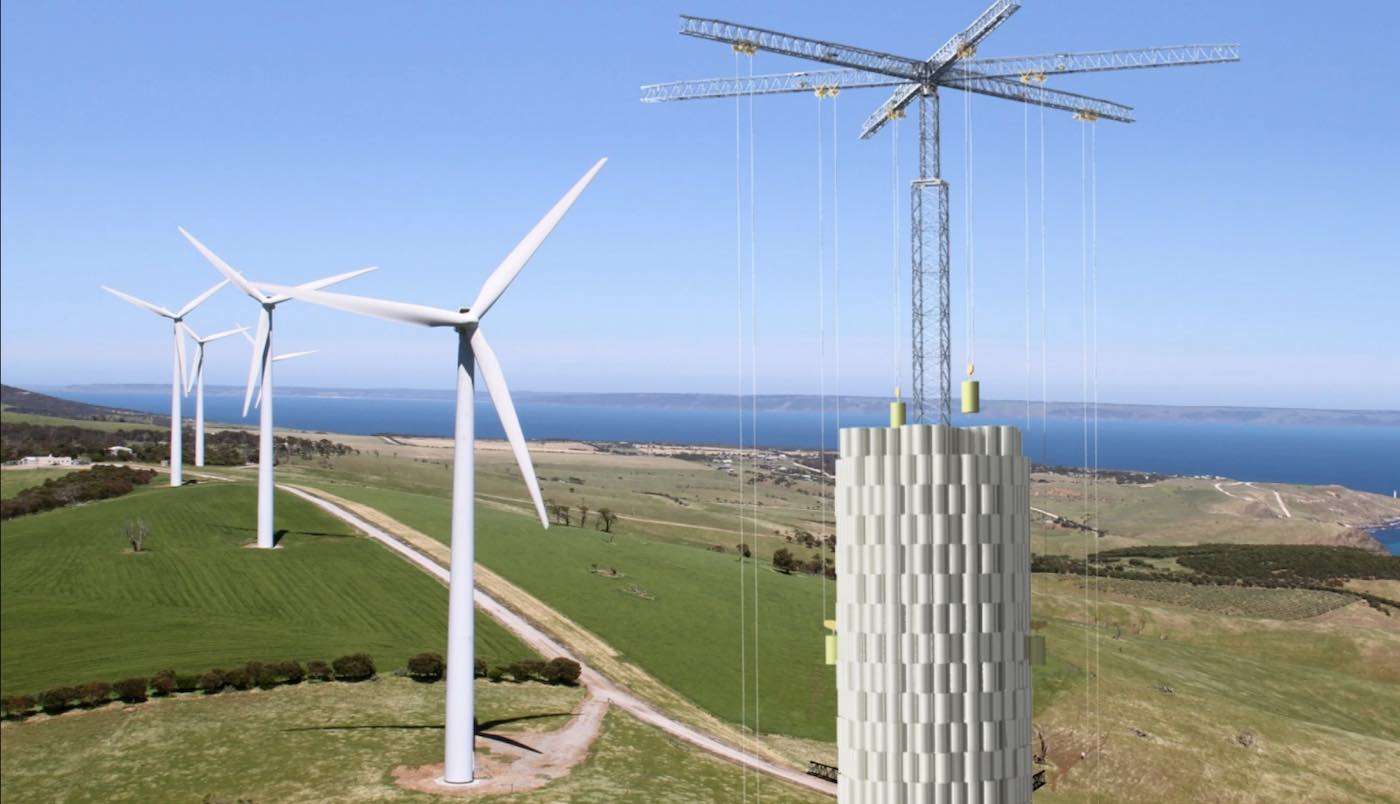Solar is Now the Cheapest Electricity in History and Just Met 100% of Demand in South Australia For First Time
Rooftop and farm solar panels in South Australia contributed 100% of the state's electrcity demands over the weekend, generating 1.37 GWh.

The mainstream media is covering the climate crisis infinitely more than they used to. However, they often report dramatically more on the negative—focusing on the new extremes in our regional temperatures, the dramatic new rainfall patterns, forest fires, and floods.
While it is crucial to relay the scope of the challenge we now face, we should not ignore the businesses and scientists who have devoted themselves to solving key aspects of the clean energy and carbon capture challenges. A rapid new influx of researchers—some funded by governments—have sped up the flow of progress more and more quickly.
Take solar energy, for example. Many casual news readers may not know that scientists and engineers have improved solar energy technology so much that new cells are now cheaper than analysts could ever have anticipated in the early years. In fact, they are now more affordable for developing communities than building new fossil fuel plants, even—while simultaneously being more efficient, more powerful, and longer-lasting.
New solar cells can also now be transparent, with functional integration for home windows, windows in skyscrapers, greenhouse rooftops, or even solar canopies lining highway roads. Advanced new solar tech can even accomplish additional things for homeowners—like one new line of panels that gather moisture from the air to generate clean drinking water while also providing off-the-grid energy, produced by Arizona-based Zero Mass Water's SOURCE technology.

New indoor solar cells can harvest low levels of ambient light, providing a power source for many electronics. Buoyant, floating solar pads (so-called "floatovoltaics") can be placed on lakes and along shorelines in regions with little land to spare. Solar "thermal" cells bank the heat provided by sun and either use it as storable heat for one's home—or turn it into electricity with a thermoelectric generator. Advanced new rooftop panels can even generate power overnight, harvesting energy from the heat dissipating from one's rooftop back into space after a long day of sun.
In terms of wind energy, the blade length of for an advanced new turbine can reasonably be measured in units of football fields, with larger units providing more energy than ever before. Today's models, for example, can generate roughly 100 times more power than models from the 1970s while requiring only a fraction of the cost per megawatt-hour.
Even our means of storing renewable energy have improved over time—supposedly the Achilles Heel of renewables like solar and wind. Clever engineers from around the world have crafted new systems of channeling excess energy (from when the sun or wind do happen to be around) into storable forms for use later, when the sun goes down. New battery backup systems like flow batteries and battery-like designs for stored potential energy have moved to fill niche roles in this regard. In terms of the latter, fascinating new backup power systems use excess energy produced on sunny or windy days to compress air or water into confined spaces, or raise weights, as seen below from Energy Vault—all forms of potential energy which can then be released to move turbines and generate electricity in times of need.

This is all entirely aside from the new developments in safer, sustainable forms of 24/7 clean energy like nuclear. Often mistaken to be more dangerous than it is, scientists around the world have worked to make nuclear energy even safer with new innovations in heat storage and reactor coolants, fuel substitutes for dangerous uranium—and rapid new progress in nuclear fusion, a potential civilizational game-changer that some engineers are projecting for completion as early as 2025. To say nothing of other new advancements in 24/7 clean energy rarely mentioned in these conversations—like rapidly-deployed geothermal energy units, so-called "microhydro" river-based energy systems, tidal energy systems that take advantage of the Earth's never-ending tidal movements—and more.
Every aspect of how we currently conduct our lives in the postindustrial West is being examined for energy savings and carbon-light alternatives. And the good news is that scientists from around the world have again produced significant new developments in both, creating new ways of manufacturing plastics, refining metals, making clothes and other products. Thanks to new advancements in biotechnology, engineered yeast strains and algae colonies can produce anything from more sustainable phone casings to greener winter skis.
Our global food system is also under scrutiny, given the immense carbon costs for how we currently source and consume our food. But brilliant scientists have again stepped up to the challenge, developing advanced fertilizers that are now saving croplands, fortified crops to withstand the ravages of our changing climate—and modern engineering marvels like indoor, vertical farms micromanaged by AI stand to revolutionize just how local and sustainable our food can be.
This is just a small sample of the many new developments out there inching us further toward solving our climate woes. We even have labs working on mitigating what life will be like on a warming planet in the meantime. Engineers are now developing "smart clothes" that direct heat away from the body to keep cooler on hot days. New cooling technology exists in nanoscale coatings for building surfaces to redirect more sunlight away and slightly reduce our dependency on AC. Radiative cooling panels exist to recycle and cool a building's air and water, reducing AC needs further.
Beyond all the negative news we're used to, in this dialogue, our cities are proactively being "greened" with more plant life to lower local temperatures, absorb more local CO2 and absorb more floodwaters.
Energy harvesting systems are popping up everywhere—within our sidewalks with compression-based energy tech, in solar energy-lined windows for skyscrapers, and in the smarter grids connecting them all together. In this dialogue, we have Roomba-like aquatic drones scavenging oceans and rivers for all the garbage our species has left behind (no joke, we really do have aquatic Roomba-like machines patrolling our waterways for trash).
In this solution-based dialogue, we have new biodegradable clothes manufactured by algae strains. We have distributed wireless energy pads in parking lots and loading zones for electric vehicles to charge on the spot, just like we use wireless charging for our phones now—but allowing drivers to charge without cords and potentially even while driving on highways. And so much more.
In short, the dialogue of human progress toward climate solutions and sustainable technology is crucial for a complete picture of where humanity is right now in the climate crisis challenge.
Marc Schaus is a Canadian author and research specialist. His new book, Our Livable World: Creating the Clean Earth of Tomorrow, explores the crucial new innovations in science and technology that will finally help us slow global warming and reverse climate change—due out October 13th.
SHARE The Green Ideas With Friends on Social Media…
Be the first to comment